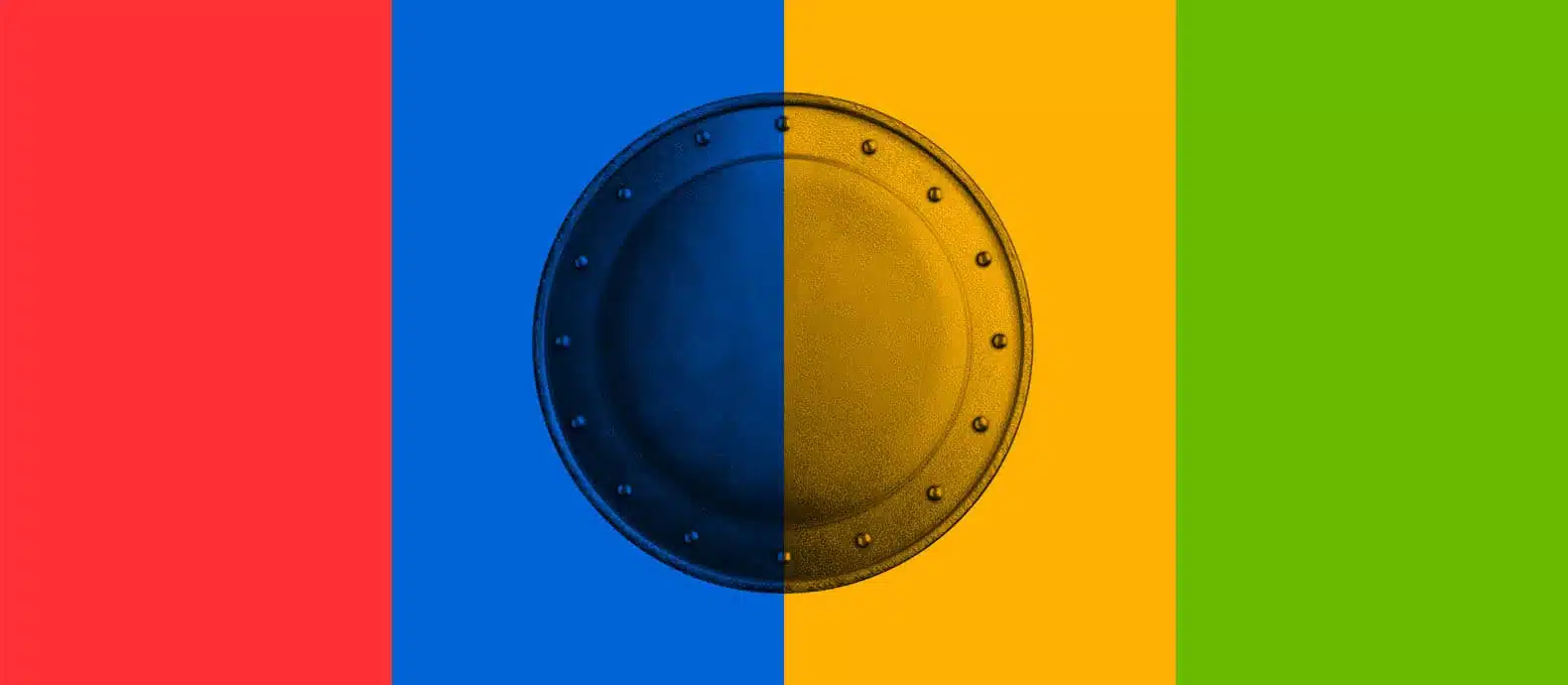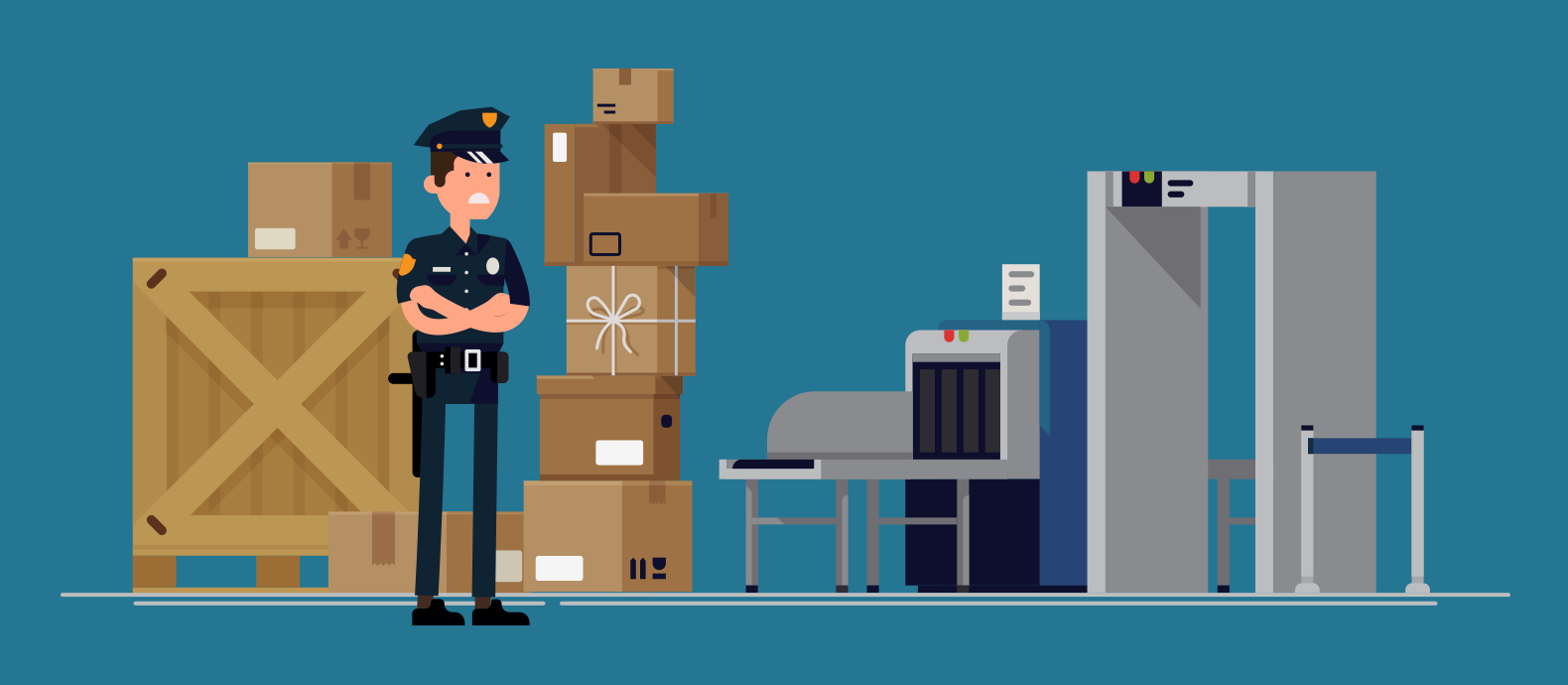eBay is one of the largest online auction and shopping websites in the world. With over 135 million users and over $9.7 billion in revenue in 2022, eBay is a global enterprise used by a diverse variety of sellers and buyers. As with every popular website, the amount of money and people flowing through eBay has served to attract bad actors and scammers.
In a single year, eBay proactively blocked 88 million suspected counterfeits. While this shows eBay’s commitment to brand protection, this statistic is also an indication of the scale of the counterfeiting problem across eBay. So, how can your business monitor, and protect itself from, scammers to ensure that your intellectual property and customers are safe?
This blog is your ultimate guide to eBay counterfeit protection which will highlight a few key topics, including:
- How does counterfeiting affect your brand’s reputation on eBay?
- How can you spot counterfeit listings on eBay?
- How do counterfeiters evade detection on eBay?
- How can you build a comprehensive monitoring and enforcement strategy on eBay?
How does counterfeiting affect your brand’s reputation on eBay?
eBay deals with millions of counterfeit products every year. This is a common issue across marketplaces that impacts businesses across a variety of industries. In fact, worldwide trade in counterfeit products amounts to over $500 billion every year. Online marketplaces are a center for counterfeiting, in part, because they are used by billions of consumers.
Impact on brand reputation
If you allow counterfeiting of your products to spread on sites like eBay you will experience a negative impact on your brand reputation and your relationship with customers. It will become harder to distinguish legitimate versions from counterfeits. Customers will then begin to lose trust in their interactions with your brand.
Counterfeiting will also likely lead to both legal and financial consequences which will hurt your brand reputation even further. The legal action will likely revolve around IP issues which can be complex, lengthy, and expensive. However, this is often preferable to letting counterfeiters operate freely on eBay because over time they will undercut your revenue, damage the perception of your brand and disrupt your customer connections.

How can you spot counterfeit listings on eBay?
- Recognize common signs of counterfeit listings
There are a few common signs of counterfeit listings including price, reviews, images, and descriptions. If the price is too good to be true then you should probably investigate further. Counterfeiters will try to entice consumers by listing products at eye-catching prices that are often cheaper than the price of legitimate products.
You should also look out for reviews, images, and descriptions that look suspicious. Overly enthusiastic reviews that sound unrealistic or product descriptions that are littered with mistakes are both signs that you are dealing with a fake. Equally, product images that are direct copies of a more popular brand’s product images are a common sign of a counterfeit listing.
- Conduct thorough research and analysis
Beyond spotting signs of suspicious counterfeit listings, you should also research and analyze the wider landscape of counterfeits connected to your brand.
Which products are being targeted? Where are the counterfeit listings most prevalent? Explore seller history on eBay and delve into any connected accounts or websites. While conducting research make sure to document any evidence you find that you believe may be useful when reporting the counterfeiters to eBay or the relevant authorities.
- Review the sellers
eBay has a Top Rated Seller Program for sellers that deliver exceptional customer service. By reviewing sellers and checking whether they are verified or rated, it will be easier for you to determine whether the account you are dealing with is counterfeit or legitimate.
To become a Top Rated Seller you have to have an eBay account that’s been active for at least 90 days, with 100 or more transactions, $1,000 or more in sales in the last 12 months, and a defect rate less than or equal to 0.5%.
In general, counterfeiters are unlikely to go to the trouble of fulfilling these requirements. Therefore you can usually confine your search for counterfeiters to unverified accounts and leave Top Rated Sellers off your search list.
How do counterfeiters evade detection on eBay?
- Limited control and authority on third-party platforms
On third-party platforms like eBay, there is a limit to the amount of control and authority that they can exert on users. This means that counterfeiters can operate relatively freely without experiencing significant consequences.
While they may have their listings removed or their accounts suspended, most counterfeiters will simply create new listings and accounts to continue their counterfeiting schemes.
- Difficulties in enforcing intellectual property rights
Counterfeiters can sometimes evade detection and prosecution because of the difficulties involved in enforcing intellectual property rights. It is not always clear whether or not a counterfeit has explicitly violated a copyright or trademark in their listing.
Sometimes determining these IP issues requires considerable legal expenses and time. Unfortunately, many businesses are not willing to invest the time and money required to enforce IP rights. This allows counterfeiters to operate more freely than they should be allowed to, which leaves more businesses vulnerable to their schemes.
- Strategies employed by counterfeiters to evade detection
Counterfeiters have become increasingly adept at evading detection. Today, some use artificial intelligence (AI) and automated technology to produce convincing and deceptive counterfeits. These tactics make it difficult to discover their schemes.
Equally, some counterfeits will be aware of eBay’s policies and guidelines. They will use this knowledge to design listings that fly under the radar. They will create counterfeit listings that are very close to legitimate products in ways that will confuse both consumers and regulators. These kinds of strategies are making it easier for counterfeiters to evade detection.
How can you build a comprehensive monitoring and enforcement strategy on eBay?
Red Points’ Marketplace Solution can help you build a comprehensive monitoring and enforcement strategy to tackle counterfeiting on eBay. We monitor over 170 top marketplaces and process 30 million listings every day to ensure that counterfeiters have no place to hide.
We have developed a unique workflow to detect and remove IP infringements on eBay via 3 main steps:
- Find
Our automated bots scour eBay every day to identify potential infringements. With automation and machine learning, each search is more targeted and efficient than the last to ensure that you can quickly find potential counterfeiters. We then compile these incidents into a log for you to review.
- Remove
You can then validate the infringement incidents that you want to enforce. You can do this manually or you can automate this process based on guidelines you set up before. Once validation is complete, we can instantly start the enforcement process and request takedowns automatically.
- Measure
After the takedowns have been successful, you can measure your anti-counterfeiting coverage through our performance dashboards and reports. You will be able to leverage real-time data and conduct deep analysis. This will help you to make informed and effective decisions whenever you encounter counterfeiting in the future.
What’s next
To effectively combat counterfeiting on eBay, it is crucial to be proactive by collaborating with eBay and other marketplaces, implementing efficient seller screening and onboarding processes, and gaining comprehensive knowledge about modern counterfeiting tactics and the operation of scammers on eBay. By following these best practices, you can develop a robust monitoring and enforcement strategy for eBay.
Red Points’ Marketplace Solution Software is designed to help you detect, validate and remove infringing listings in over 5000 marketplaces. Our robust approach is backed by leading technology and will ensure that you can protect your brand on eBay. With our marketplace protection platform, you can tackle the issue of counterfeits on eBay, preserve the value of your IP, and maintain strong customer relationships.
To learn more about how Red Points can help you combat counterfeits on eBay, request a demo here.






